Table of Contents
Spice Import Process to Peru
Importing spices to Peru requires strict compliance with food safety and customs regulations. This process ensures only safe, high-quality products reach consumers while protecting local agriculture. Peru's National Agricultural Health Service (SENASA) and General Directorate of Customs (SUNAT) enforce these rules to maintain culinary integrity and consumer trust.
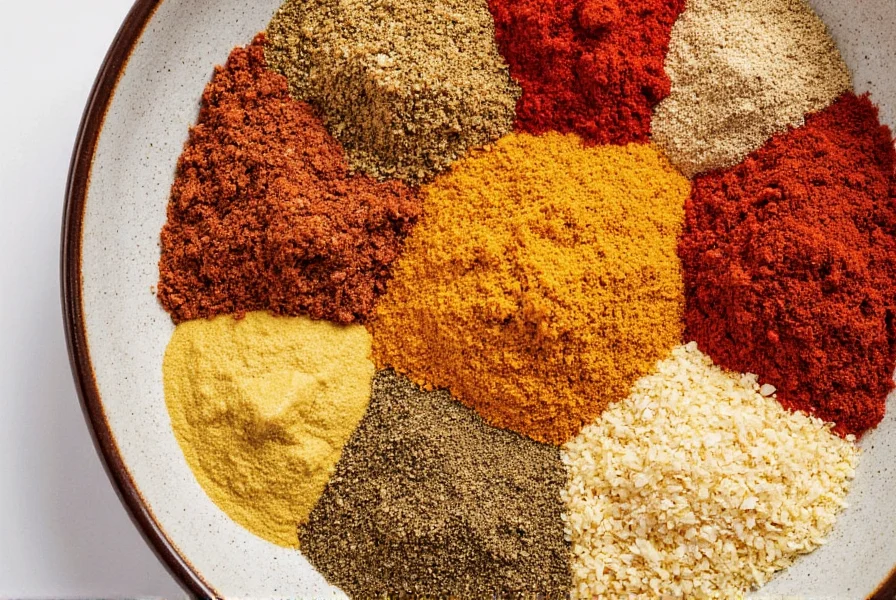
Key Requirements for Spice Imports
Successful spice imports to Peru depend on meeting these core requirements:
- Documentation: Commercial invoices, packing lists, certificates of origin, and phytosanitary certificates are mandatory.
- Labeling: All labels must be in Spanish with product name, net weight, country of origin, importer details, ingredients, and expiration date.
- Food Safety Standards: Spices must comply with Peruvian technical standards (NTP) for contaminants, pesticides, and microbial levels.
- Customs Procedures: Proper tariff classification and payment of applicable duties are required before clearance.
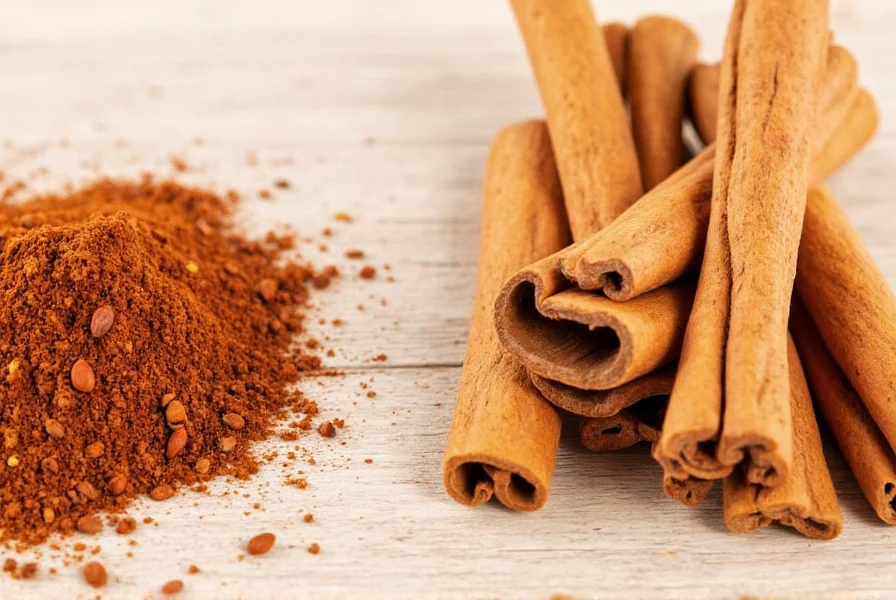
Step-by-Step Import Guide
Follow these steps to ensure smooth spice imports to Peru:
- Verify product compliance with SENASA regulations for your specific spice type
- Obtain phytosanitary certificate from exporting country's authority
- Prepare all commercial documents in Spanish
- Submit documentation to SUNAT via the Peruvian Single Window for Foreign Trade (VUCE)
- Arrange for customs inspection and laboratory testing if required
- Pay applicable duties and taxes
- Receive customs clearance and arrange domestic distribution
Frequently Asked Questions About Importing Spices to Peru
What documents are required for spice imports to Peru?
Commercial invoices, packing lists, certificates of origin, phytosanitary certificates, and sometimes special permits depending on spice type. SENASA oversees these requirements.
Are there specific labeling requirements for spices in Peru?
Yes, Peruvian regulations require all imported spices to have labels in Spanish containing product name, net weight, country of origin, importer information, ingredient list, and expiration date. Some spices require nutritional information.
How long does the import process typically take for spices entering Peru?
Standard processing is 5-7 business days after document submission, but varies by product type, documentation completeness, and inspection needs. Complex cases may take 2-3 weeks.
Are there restrictions on certain spice ingredients in Peru?
Peru restricts artificial colors, excessive sulfites, and certain preservatives. Always verify formulations against Peruvian food safety standards before shipping.
What are the main challenges businesses face when importing spices to Peru?
Common challenges include navigating bureaucratic procedures, understanding Peruvian food regulations, language barriers, and ensuring products meet local taste preferences while complying with standards.
How can I verify if my spice product meets Peruvian safety standards?
Work with a local Peruvian importer or consult DIGESA (Peruvian Food Safety Authority). Laboratory testing according to NTP standards is typically required before market entry.
| Spice | Peruvian Compliance Requirement | Import Consideration |
|---|---|---|
| Cumin | Maximum residue limits for pesticides and aflatoxins | Source from certified farms with traceability systems |
| Cinnamon | Coumarin levels must be below 0.1g/kg | Prefer Ceylon cinnamon for lower coumarin content |
| Paprika | Color standards and no artificial dyes | Use natural coloring agents and avoid synthetic additives |
| Ginger | Microbial limits and pesticide residue checks | Ensure proper drying and storage during transport |
| Cloves | Mold and moisture content standards | Verify proper drying and storage conditions pre-shipment |
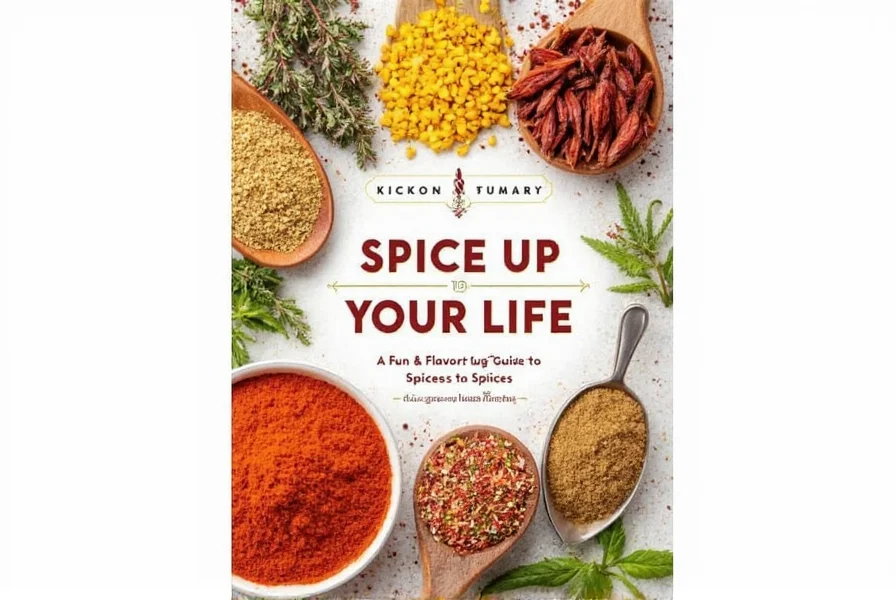
Practical Tips for Smooth Spice Imports
- Start Early: Begin documentation 60 days before shipment to account for inspections and delays
- Work with Local Experts: Partner with Peruvian customs brokers familiar with SENASA procedures
- Double-Check Documentation: Verify all forms are complete, accurate, and in Spanish before submission
- Pre-Ship Testing: Conduct laboratory tests against NTP standards before shipping to avoid rejections
- Stay Updated: Monitor SENASA and SUNAT regulatory changes through official channels
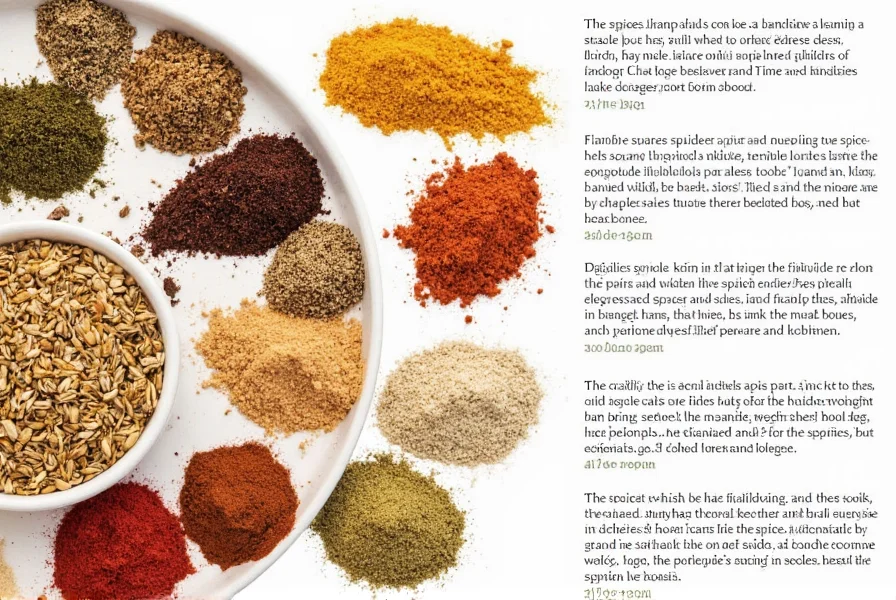
Conclusion
Successfully importing spices to Peru requires meticulous attention to regulatory requirements and quality standards. By understanding SENASA regulations, preparing complete documentation, and working with local experts, businesses can ensure smooth market entry while maintaining consumer trust in Peru's culinary industry.
Compliance isn't just about avoiding penalties—it's about respecting Peru's rich culinary traditions and protecting its agricultural heritage. With proper preparation, international spice suppliers can thrive in Peru's growing market while contributing to its vibrant food culture.
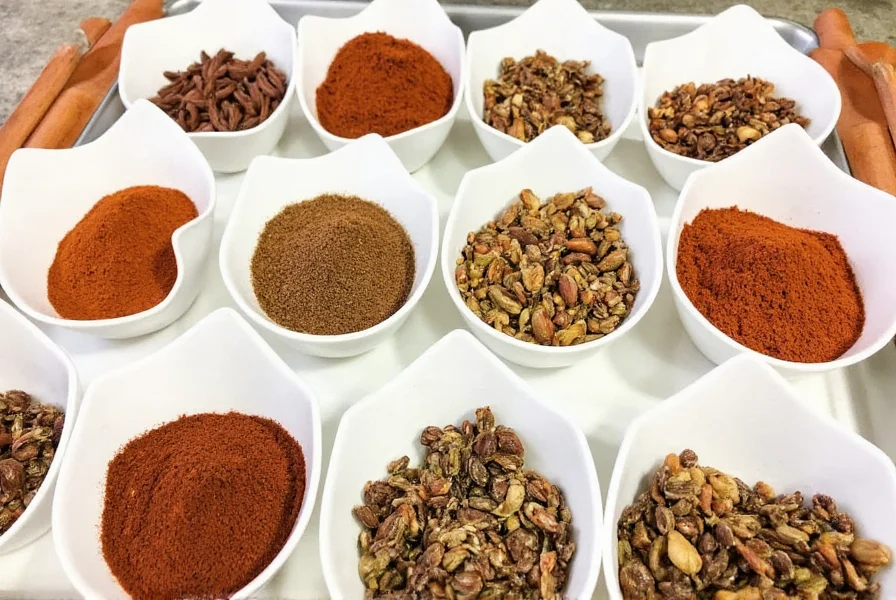










 浙公网安备
33010002000092号
浙公网安备
33010002000092号 浙B2-20120091-4
浙B2-20120091-4